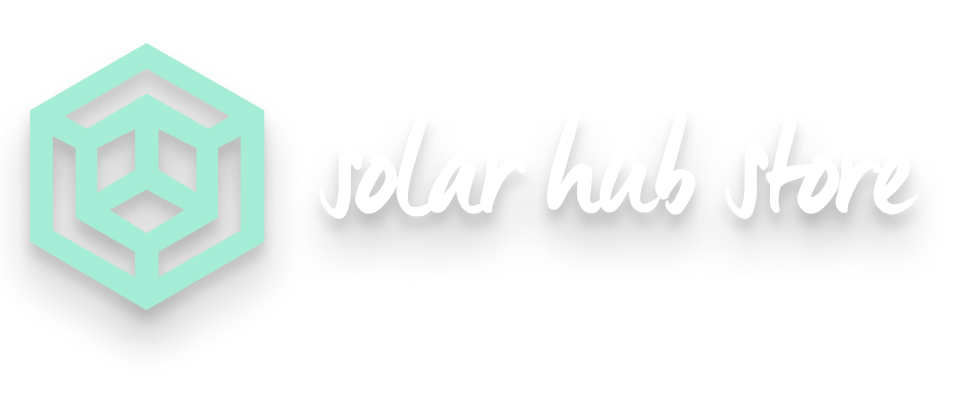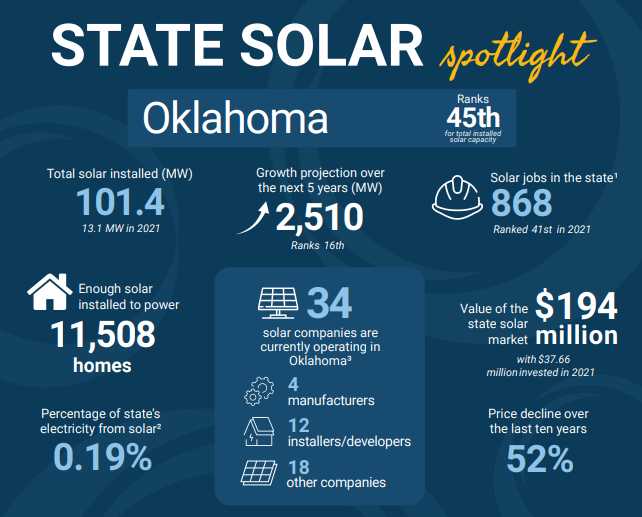Using solar energy to power your home is becoming increasingly popular in the US, as the cost of solar energy continues to decrease and the efficiency of solar panels continues to improve. Solar energy can be used to reduce your electricity costs and to help protect the environment. In this book, we will discuss how solar energy works, the benefits of solar energy, and how to go about setting up a solar system for your home.
In addition to discussing solar energy, we will also look at the hidden charges that can be found in your electricity bill. Many US homeowners are unaware of the hidden fees that they are paying each month in their electricity bills. We will explore the various hidden charges that can be found in your electricity bill, and how you can use solar energy to reduce these charges.
Whether you are new to solar energy or a seasoned solar energy user, this article will provide you with the information and tools you need to make the most of solar energy and reduce your electricity bills
What to Look for in Your Bill
As a US homeowner interested in going solar, it is important to be aware of the hidden charges in your electricity bills. There are a few key things to look for when reviewing your bill to make sure you are not overpaying.
The first item to look for is your rate per kilowatt-hour (kWh). This is the amount you will be charged for the energy you use in your home. It is important to note that different energy providers may have different rates and that this rate can also fluctuate over time. Be sure to check your rate regularly to make sure you are not paying more than you need to.
You should also look for what additional fees are included in your bill. Some providers may charge a monthly service fee, while others may charge an additional fee for using more electricity than the average customer. Make sure to review all of the fees that are included in your bill to make sure you are not being overcharged.
In addition to your electricity rate and fees, you should also check for other charges that may not be immediately apparent. These could include taxes, surcharges, and other fees that are not explicitly stated on your bill. Make sure you understand all of the fees that are being charged to you so you can make an informed decision about your energy provider.
Finally, make sure to look for any discounts or promotional offers that may be available. Some providers may offer discounts or promotional offers if you pay your bill on time or if you switch to a different energy plan. Be sure to take advantage of these offers to reduce your electricity costs.
By understanding your electricity bill and taking the time to review all of the charges, you can make sure that you are not overpaying for your energy. Be sure to take the time to review your bill regularly to make sure you are not being charged any hidden fees or paying more than you need to.
Common Hidden Charges
Hidden charges can be found on most electricity bills, and they can add up quickly! Fortunately, for those interested in going solar, there are ways to uncover and avoid these charges. This chapter will explain some of the most common types of hidden charges in your electricity bills and how to identify and avoid them.
The first type of hidden charge is a “facilitation fee.” This fee is charged by utility companies to cover expenses associated with setting up a new account or billing cycle. Fortunately, this charge can usually be avoided by signing up for a solar energy plan.
The second type of hidden charge is a “renewable energy charge.” This charge is usually charged to customers who use renewable energy sources such as solar, wind, or hydro power. This charge can usually be avoided by signing up for a solar energy plan.
The third type of hidden charge is a “demand charge.” This charge is often charged to customers who use a lot of electricity at peak times. This charge can usually be avoided by signing up for a solar energy plan.
The fourth type of hidden charge is a “network access fee.” This fee is charged by utility companies to cover the costs of installing and maintaining transmission lines. This charge can usually be avoided by signing up for a solar energy plan.
The fifth type of hidden charge is a “meter reading fee.” This charge is often charged to customers for the costs associated with reading their electricity meter. This charge can usually be avoided by signing up for a solar energy plan.
Finally, the sixth type of hidden charge is a “distribution fee.” This fee is charged by utility companies to cover the costs associated with distributing electricity to customers. This charge can usually be avoided by signing up for a solar energy plan.
In conclusion, these are the most common types of hidden charges that can be found on your electricity bill. Fortunately, most of these charges can be avoided by signing up for a solar energy plan. By understanding these hidden charges and taking the necessary steps to avoid them, you can save money and make the transition to solar energy easier.
Understanding Your Energy Usage
As a US homeowner interested in going solar, it is important to understand your energy usage and the hidden charges in your electricity bills. Knowing this information can help you make informed decisions when it comes to investing in solar energy and reducing your energy costs.
First, you should take the time to analyze your energy usage. Look at your electricity bills and identify patterns in your energy consumption. Consider how your energy usage changes over the course of a month or year and how much energy you use during peak hours. This will help you understand how much solar energy you need and how much money you can save by investing in solar energy.
Another important factor to consider is the hidden charges in your electricity bills. These charges may include things like service fees, delivery fees, and taxes. Knowing what these charges are and how they affect your monthly energy costs can help you determine if solar energy is right for you.
It is also important to understand the different types of energy sources available to you. Most US homeowners have access to both traditional grid electricity and renewable energy sources like solar and wind. Knowing the pros and cons of these different sources can help you make an informed decision about investing in solar energy.
Finally, you should consider the different solar energy technologies available. There are a variety of solar technologies, such as photovoltaics, solar thermal, and solar hot water. Learning about these technologies and how they can benefit you can help you make an informed decision about investing in solar energy.
By understanding your energy usage and the hidden charges in your electricity bills, you can make an informed decision about investing in solar energy. Taking the time to analyze your energy consumption and learn about the different solar energy technologies available can help you take advantage of the many benefits that come with investing in solar energy.
If you want to find out more about going solar in the US, you can download FREE E-book about Solar 101 for US Homeowners to make an informed decision before deciding to GO Solar. You can also book a FREE Consultation to Renewables Hub solar advisors, to get a FREE quote and detailed information about your solar-related questions. Renewables Hub, in partnership with PAIC Solar will be awarded the No.1 Preferred Solar Installer for Hoymiles in Texas and Oklahoma this coming March 2023 during the Grand Launching of Hoymiles Micro-inverter in the USA.




Leave a comment
This site is protected by hCaptcha and the hCaptcha Privacy Policy and Terms of Service apply.